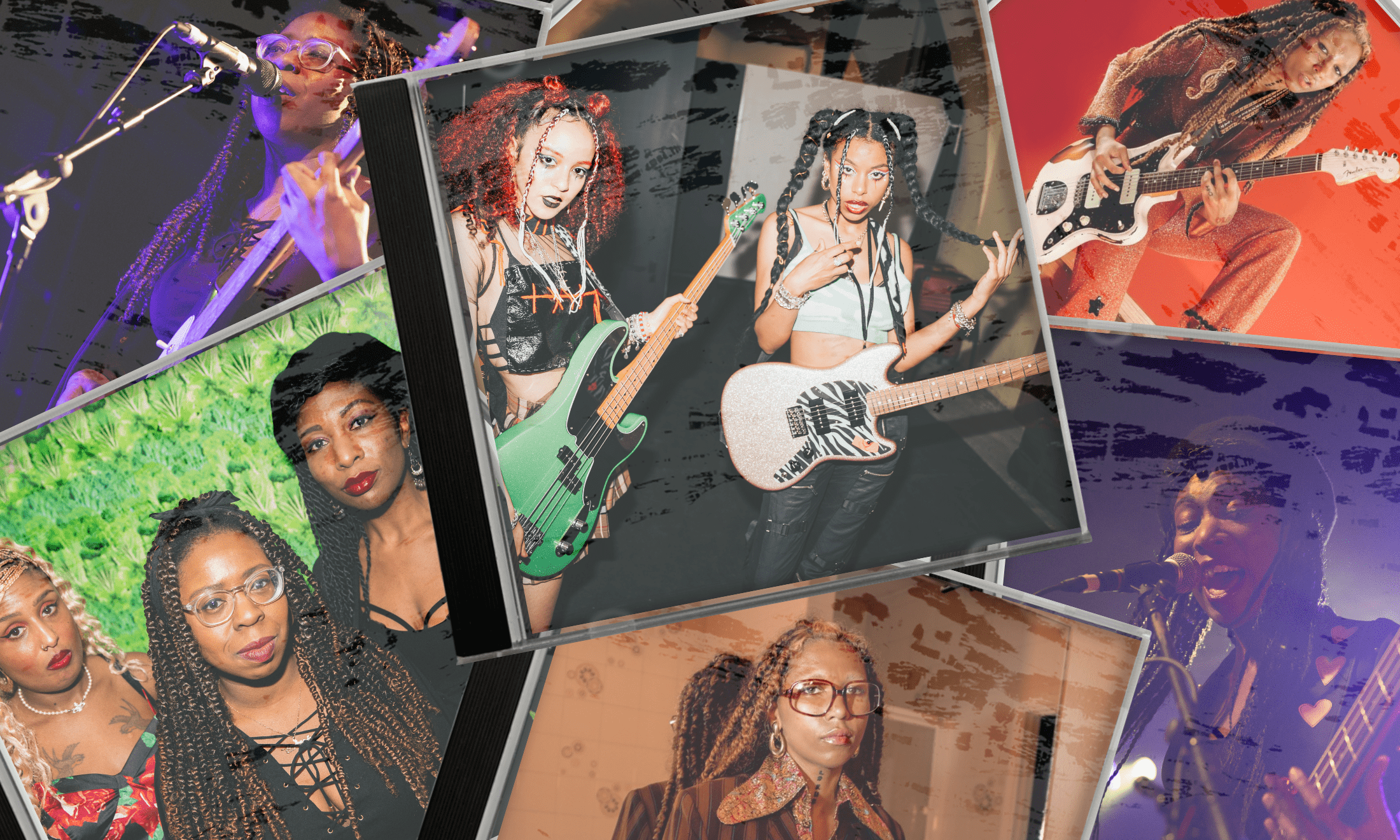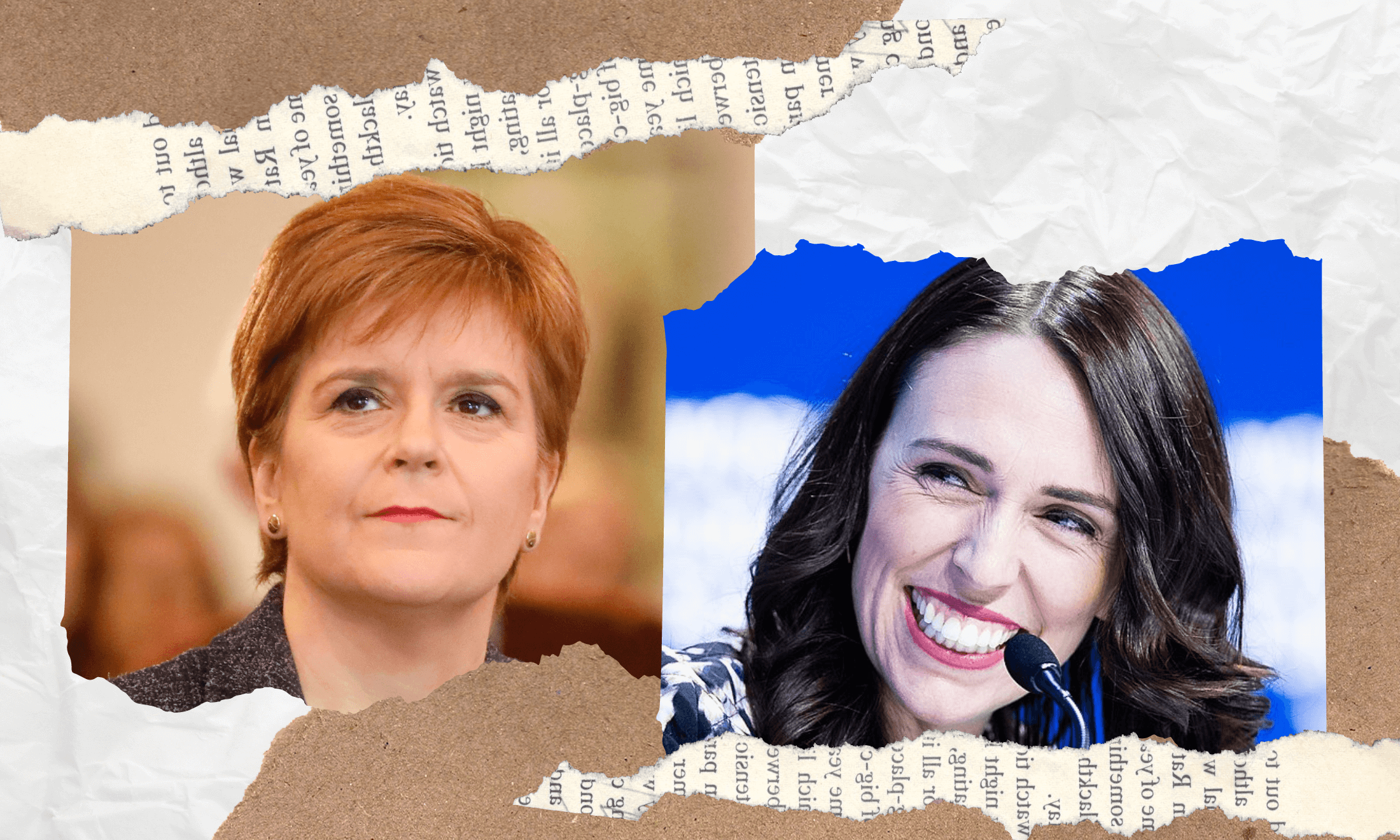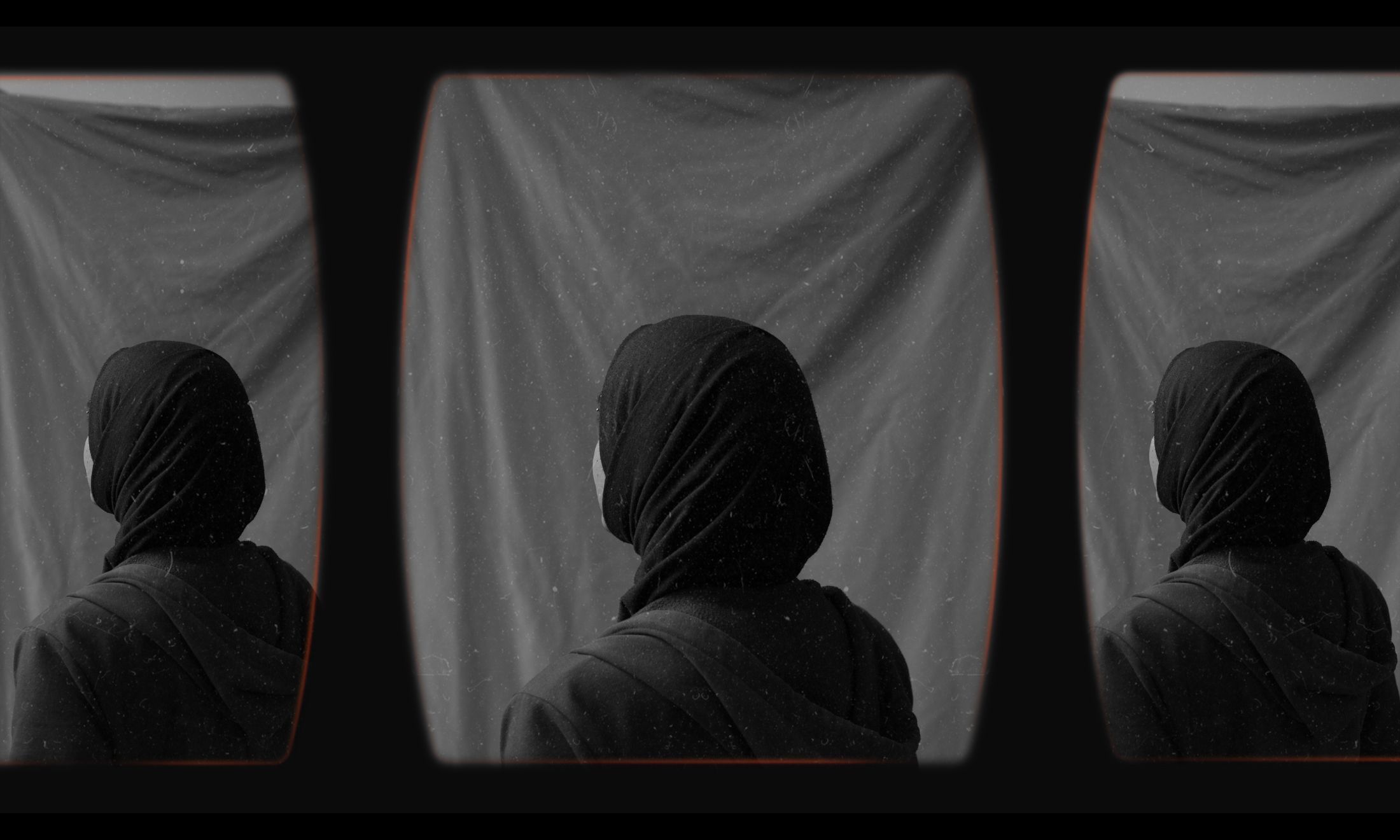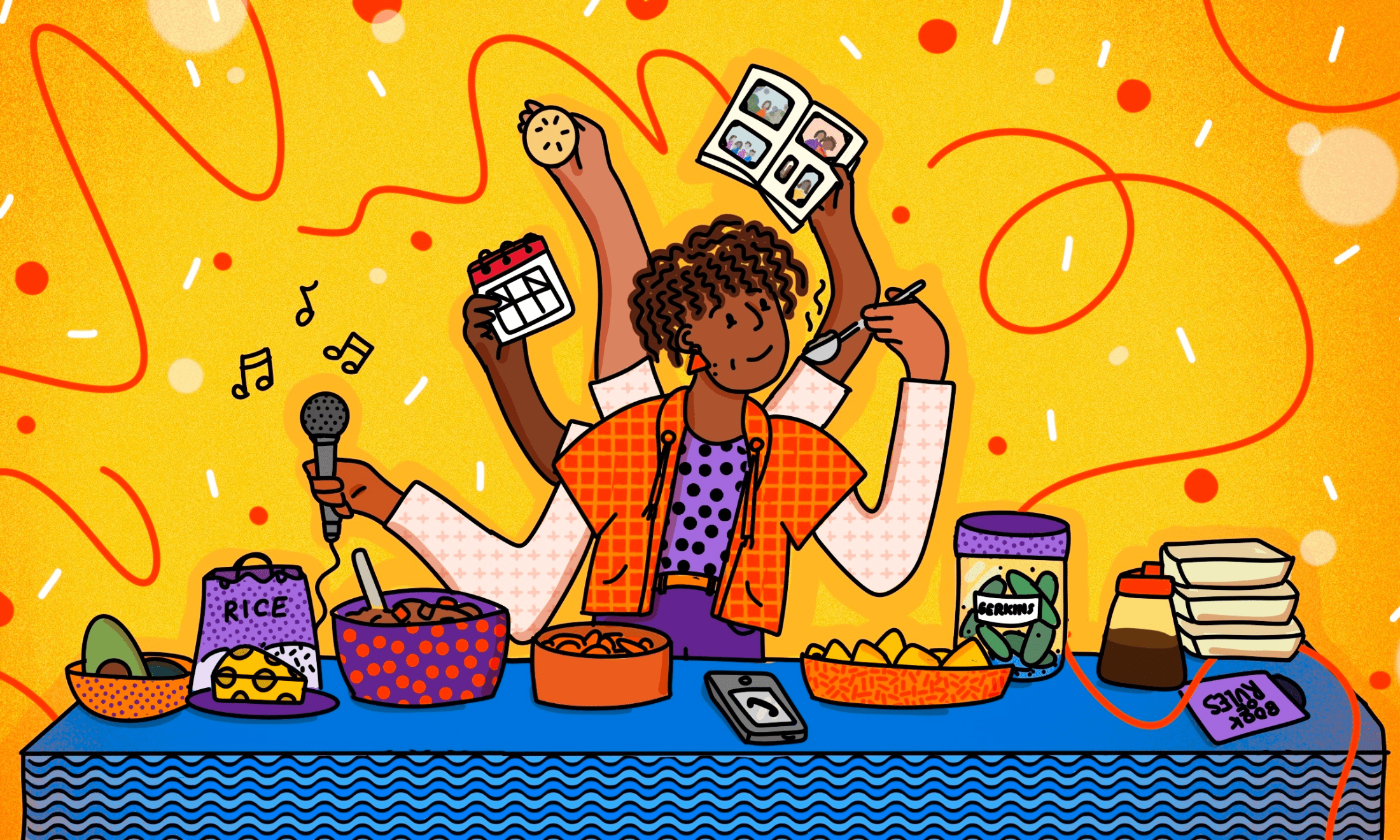
Recently an image of a woman, Saffiyah Khan, protecting another Muslim woman went viral. In this photo, Saffiyah is seen standing up to a raging EDL protester, unphased by the abuse being hurled at her. This image has fast become a symbol of Muslim women’s resistance to Islamophobia. Saffiyah was defending a fellow Muslim woman in a threatening situation and she should be applauded for her bravery. But we should not restrict ourselves to solely celebrating Muslim women’s defiance.
Women in broader society have begun embracing the value of vulnerability and Muslim women also need the space to express their whole selves. In a TED talk that went viral in 2010, American Professor Brene Brown explained the power of vulnerability. In her research, she explains that “we associate vulnerability with emotions we want to avoid such as fear, shame, and uncertainty. Yet we too often lose sight of the fact that vulnerability is also the birthplace of joy, belonging, creativity, authenticity, and love.” This message had a profound impact on women all over the world, with her talk racking up almost 30 million views.
“But this defensiveness shuts down the space that Muslim women should be allowed in order to question things”
For Muslim women, however, it still feels too dangerous to be vulnerable. Hate crimes have doubled since Brexit, and Muslim women who wear headscarves are particularly at risk. In March, the European court of justice ruled to ban the hijab in the workplace. With attacks from all sides, Muslim women around Europe, understandably responded with fervour, protesting outside the French embassy in London in March, and across Sweden on International Workers’ Day.
As others tried to threaten or control them, Muslim women answered with the defence of symbols like the headscarf – extolling its virtues, celebrating it as a form of liberation, and protecting it as a core part of their faith. But this defensiveness shuts down the space that Muslim women should be allowed in order to question things like the headscarf, to wonder if it is the right choice for them, and even to change their minds about whether or not they want to embrace it.
The need to present a unified front in the face of challenges to their identity is stifling Muslim women. Muslim women deserve to have a space to explore their multifaceted identities. They should be afforded the same nuance that others are given. They should not feel like they have to carry the weight of defending Islam on their shoulders and silence the parts of themselves that are uncertain in the process. It is time to develop spaces where vulnerability is allowed, accepted, and celebrated alongside defiance.
“Muslim women are complex, multidimensional, and have layers of identities”
A recently published anthology entitled The Things I Would Tell You: British Muslim Women Speak, is a valuable start. This anthology, filled with poems, plays, articles and short stories celebrates the art created by a variety of Muslim women in all media. It is not prescriptive, it does not make every writer talk about their experiences of being a British Muslim woman. Instead, it offers a space and platform for Muslim women to openly express their vulnerabilities through their art. The anthology showed that Muslim women are complex, multidimensional, and have layers of identities. They’re not one monolithic force.
I have been embracing my own vulnerability by sharing my own experiences. I wore a headscarf for years. I defended it to the hilt when people questioned it – despite being unhappy with wearing it. Then I decided to take it off. As a result, I felt like I had lost a part of myself, and like I had betrayed my family and my Muslim friends. Living as a Muslim woman can be a wonderful thing, but it can also be frustrating, complicated and confusing. Admitting that makes me feel stronger.









